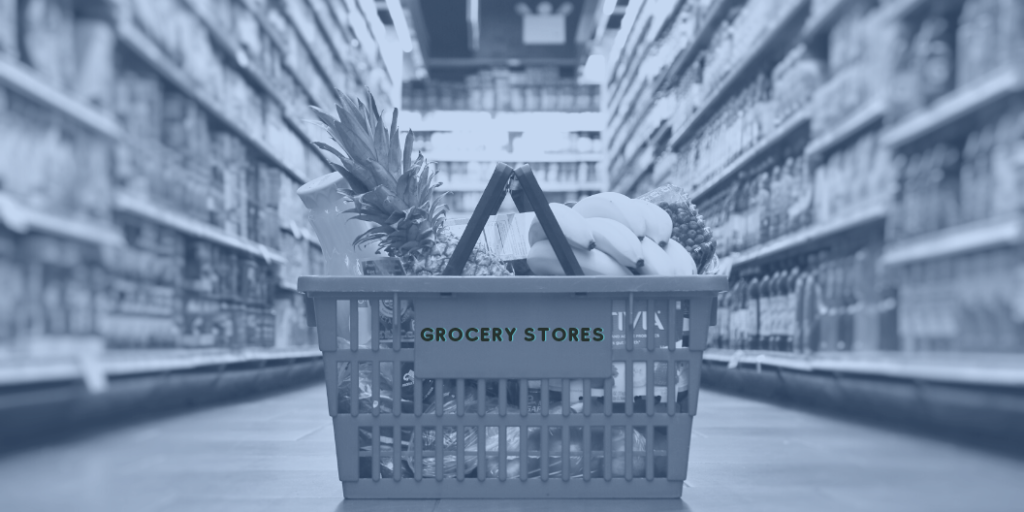While nearly all the retailers recognize the value of breaking into a new market, they don’t always recognize the need to adjust their pricing. Their local price is the price, without taking into consideration the global market. Additionally, they fail to consider shipping costs in their price. They sell the merchandise, and tack on shipping fees at the end of the sales process.
This leads to several issues:
- The high cost of shipping scares some customers away
- Goods are priced too high for specific markets, costing sales
- Goods are priced too low for other markets, leaving profits on the table
Getting International Pricing Right
Utilizing dynamic pricing tools coupled with geolocation, you can identify the price that’s right for each country that you are selling in in real time. You may find that some regions prefer the shipping built into the price, rather than having separate line items on an invoice, while other regions prefer to separate the cost of shipping due to their nation’s accounting or taxation practices.
Dynamic pricing ensures that your foreign-based competitors are accounted for when determining a price. It looks at supply and demand levels, with the intention of delivering the right offer to the right customer at the right time. It can also look at specific customer behavior as a factor in creating the price.
After implementing dynamic pricing, retailers may find that their profit levels are higher in wealthier countries, such as Germany, France or the United Kingdom, and focus more of their marketing efforts on those regions, while putting less investment in places like Moldova, Ukraine, and Albania, which have significantly lower GDP. Alternatively, they may find that the lower GDP countries account for more sales due to less competition and lower prices.
The key takeaway for businesses is to understand that different countries require different pricing techniques, which will ultimately lead to increased revenues and higher overall profits.









